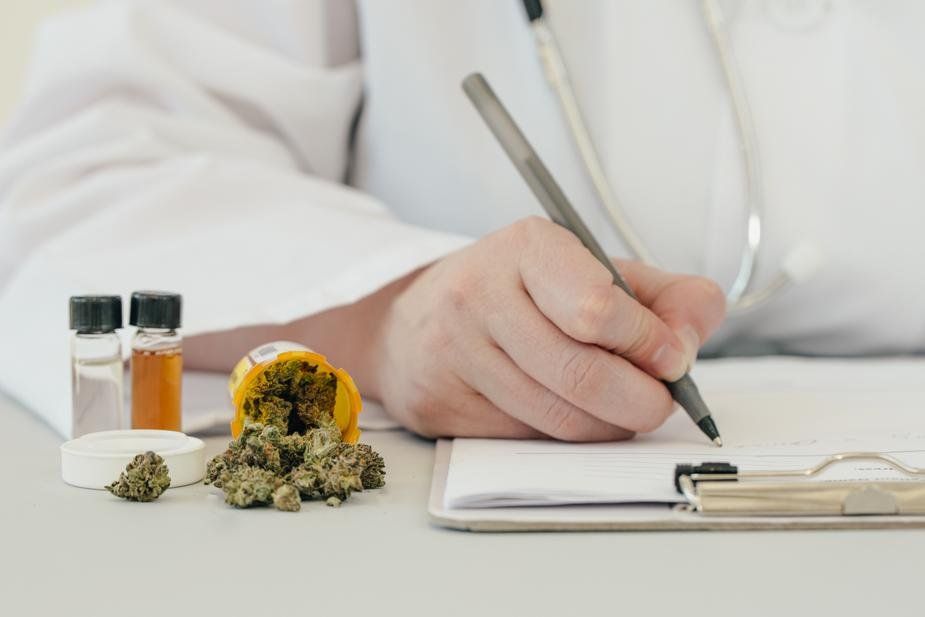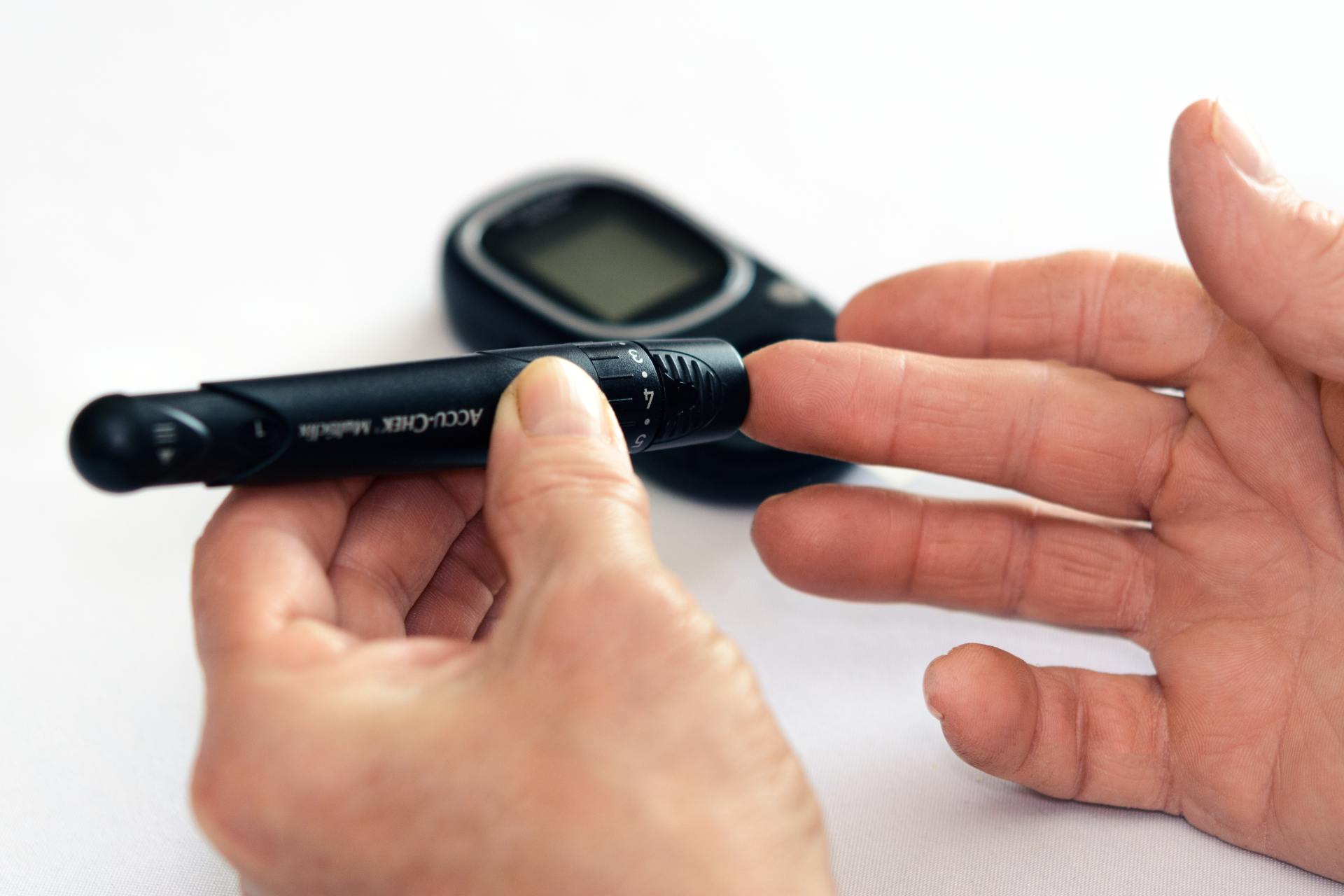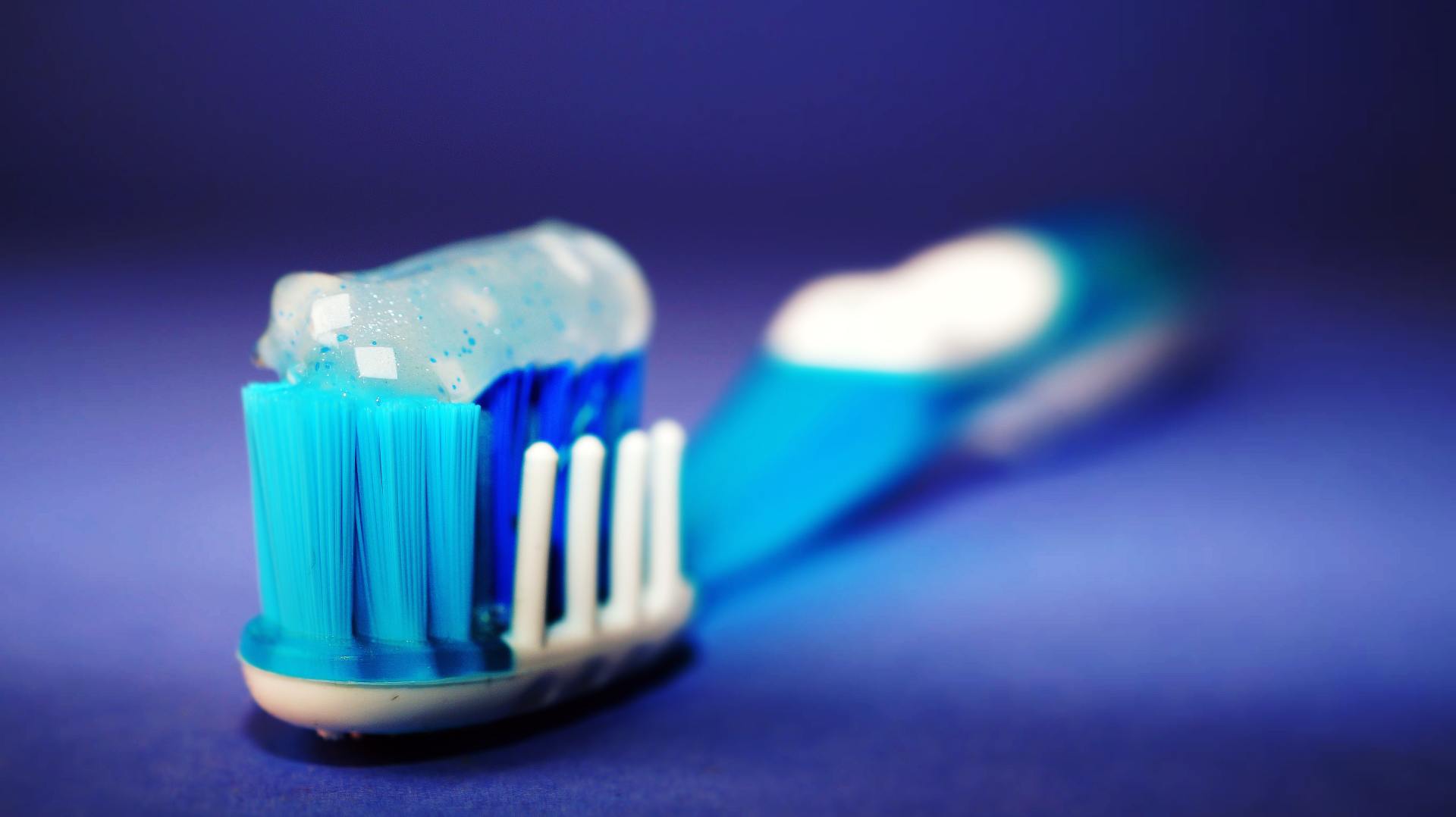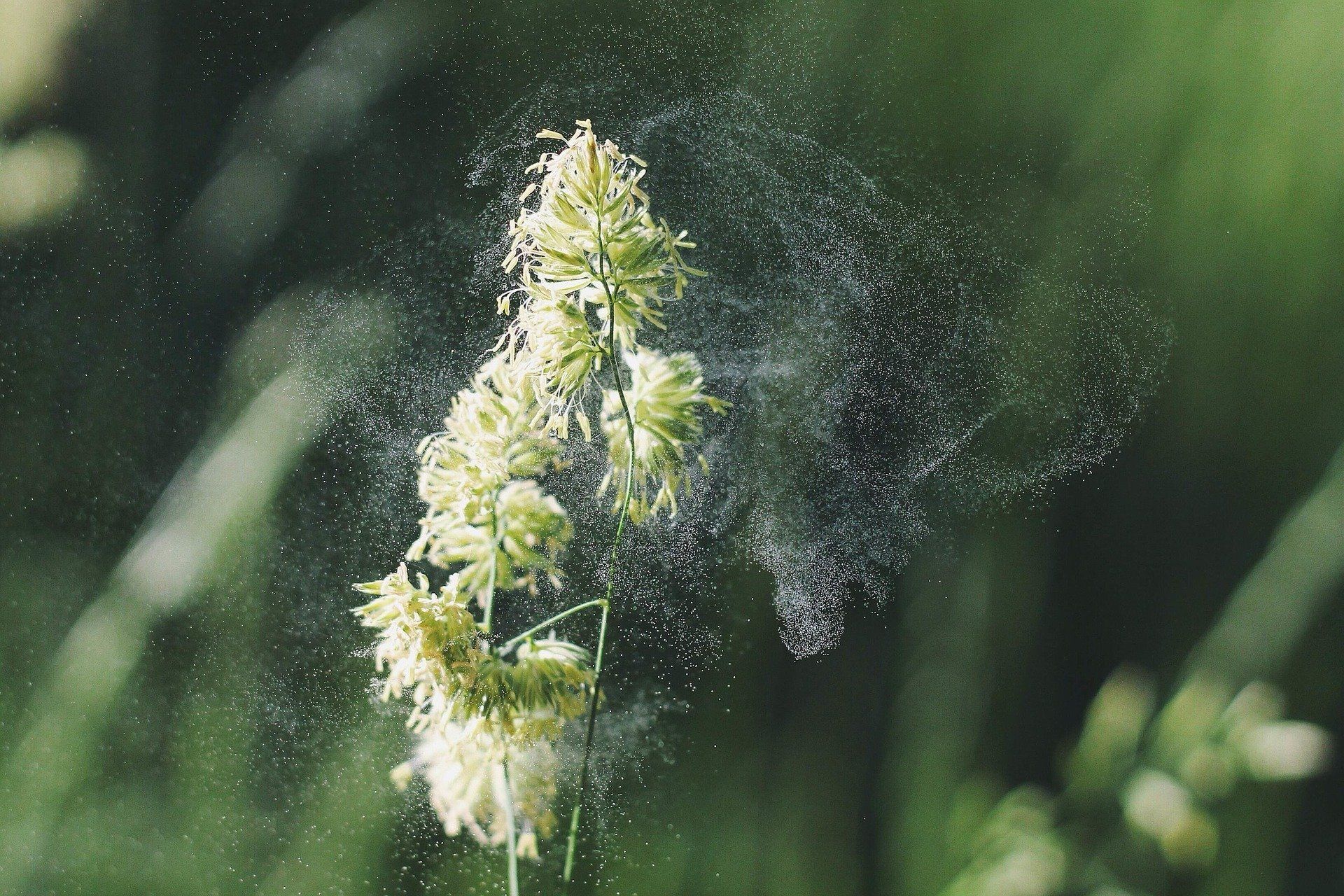BLOG
Dr. Ashley is always reviewing the newest research in health and medicine.
Check in with our blog each week to see the most recent topics.

Most women over the age of 50 know the familiar symptoms of menopause - hot flashes, night sweats, insomnia, and weight gain. But now another finding, one much more serious, has been identified.
The study was done by the American Thoracic Society, and found that women going thru menopause have a reduction in lung capacity. Specifically, the forced vital capacity (FVC) and forced expiratory volume for one second (FEV1) declined after menopause more than would be expected by normal aging. FVC is the measure of lung size, and FEV1 is the measure of how much air is forcefully exhaled in one second.
How much was the decline. It was the same as if you smoked a pack of cigarettes a day for 10 years! This would cause more shortness of breath with activity, and fatigue.
Data was analyzed from 1,438 women enrolled in a European Respiratory Health Survey ranging from age 25 to 48, and were not menopausal when the study started. They were followed for 20 years and most had gone thru the menopausal transition or were postmenopausal.
Findings were also noted of age, height, weight, smoking history and education. Those who currently smoked or had done so in the past showed a steeper decline.
What is the cause of the lung decline? Possibly that the reduction in estrogen and progesterone after menopause causes an increase in systemic inflammation, which is associated with the decline in lung function. This will also cause osteoporosis, and the shortening of the vertebrae may limit the amount a person can inhale.
This is yet another benefit for the use of bio-identical hormones (BHRT) for women. Especially when started in their 50's, BHRT has been shown to reduce heart disease by 30%, reduce risk of osteoporosis and dementia, and reduces risk of dying from ALL causes by 20%. Hormone replacement also slows the aging process and improves skin and hair quality.
By Dr. Susan Ashley, MD

We are always looking for a way to slow the aging process, and the research using stem cells is extremely promising.
Stem cells have the potential to become any cell, and new research shows great promise to regenerate replacement tissues and cells. Cell based therapeutics are being explored at several companies that hope to manufacture adult stem cells and reinvigorate regenerative medicines.
The studies specifically are looking at age related diseases and disabilities such as fraility, which affects 12% of all people aged 65+. Being frail is a common yet underappreciated problem of aging, representing a huge challenge for those affected, yet almost nothing is being done for this group. Organs are affected with the aging process, and deteriorate with age leading to conditions such as heart failure and kidney failure. The decline in function is related to depletions of normal adult stem cells within the body. As we age our stem cells not only decline in number, they are also old and tired and don't function as well as when we were younger. Finding a way to replete stem cells is key to slowing aging and improving vitality.
Stem cells when injected or infused can also reduce chronic inflammation associated with aging and related diseases, thereby improving functional capacity and quality of life. They have the potential to ameliorate diseases and conditions of aging, and of course, increase longevity. There are thousands of trials being done all over the US and the world using stem cells with, in some cases, miraculous results. I have personally seen congestive heart failure reversed, COPD improved, and joint replacements avoided. There are trials at the Mayo clinic infusing stem cells directly into the spinal canal for ALS and MS, trials at Stanford on spinal cord injuries, and literally 1000's of others -- just check out ClinicalTrials.gov. Type in whatever disease you are interested in and stem cells, and you'll see the clinical trials being done in that area.
A $1.15 million grant from the NIH to research and perform clinical trials in patients with Alzhimer's has been approved. If future trials are successful it is hoped that stem cell therapy will be on the path to commercialization for the global population of aging baby boomers. This is not an impossible dream -- Medicare is now looking at approving stem cells for orthopedic conditions. Many other regenerative therapies are gaining regulatory approval. If this approach is commercialized any general physician would be able to administed stem cells to roll back fraility and reduce symptoms related to metabolic syndrome and Alzheimer's disease.
We are having a seminar on stem cells August 16th at 5 PM at Healthy Living Liberty Lake. Call 509-924-6199 to reserve your spot, and learn more about all their applications and how they can help you.
By Dr. Susan Ashley, MD
By Dr. Susan Ashley, MD

Chronic pain is a debilitating condition that can lead to depression and other mood disorders. Many treatment options are minimally effective, including the use of chronic opiates. Opiates like hydrocodone, oxycodone, and oxycontin are highly addictive and can be toxic, leading to 30,000 deaths a year from overdose.
Opiates taken long term also leads to a reduced pain threshold, meaning a person on them will feel pain at a much earlier level than someone else.
There's a lot of interest now in using cannabis to reduce chronic pain, and studies have shown they can be quite effective for neuropathy, migraines, spasticity and joint pain.
However, it doesn't always work, and now a new study shows why.
The study looked at 1,514 men and women who had chronic pain and using narcotics. Some added cannabis to the narcotics. They completed questionnaires every 4 years, and found that the use of cannabis for pain doubled over the 4 years.
Then at the end of the 4 years, the people who used cannabis for pain had greater pain severity scores They also found that the meds and other remedies taken for pain were less likely to be effective. In addition, they had greater generalized anxiety disorder severity scores. The bottom line-- the cannabis users were not able to decrease the use of narcotics. Why?
Because of the well known fact that chronic narcotic use decreases pain threshold. In fact in some people the threshold becomes so low that even minor pains can seem intolerable. In essence, the narcotics cancel the pain relieving effects of the cannabis.
Chronic opiates should be avoided as much as possible in chronic pain. Tolerance develops quickly, addiction can occur, and pain threshold is lowered. If you have chronic pain, use other modalities first to try to alleviate the pain. This includes cannabis, acupuncture, anti-inflammatory drugs, weight loss, energy medicine, and stem cells. We have used IV stem cells for reduction of neuropathy pain with good effects.
By Dr. Susan Ashley, MD

There are many signs of aging that anyone over 40 is familiar with. Creaky joints, poor eyesight, wrinkles, less energy and more weight gain. But there's another sign that, internally, you are aging too quickly. And that's your walking stride.
A new study has shown that the faster you walk, the longer you're likely to live.
In the study, when Australian researchers linked surveys of over 50,000 people on their walking pace to mortality records, they found that those who walked at an average pace cut their risk of dying from ANY cause by 20 percent when compared to the slowest walkers.Not only that, but those who walked at a fast pace reduced their risk of death even further, by 24 percent.
All it took was putting one foot in front of the other a little more quickly!
And when the researchers zeroed in on cardiovascular disease deaths among participants over age 60, the results were even more striking.
Compared to the slowest walkers, average-paced walkers slashed their risk of dying from cardiovascular disease by 46 percent -- and the fast-paced walkers slashed it by a whopping 53 percent.
Now, the study didn't determine exactly how walking at a faster pace can add years to your life. And how fast do you have to walk just to hit the "average" mark? How brisk is brisk?
In the study, a "fast" pace was defined as one that makes you slightly out of breath or sweaty when sustained. That could vary depending on how much you weigh, how much sleep you got, how much you ate earlier in the day, etc. So there was no exact speed such as 3 mph or 4 mph.
We do know that brisk walks increase heart rate and improves cardiovascular health as much as running does. You don't have to do it long, even three 10 minute walks five days a week will add up the recommended 150 minutes of exercise weekly.
Another parameter to look at as a sign of aging is your normal pace and stride of walking. If you have slowed down and everyone else is passing you on the street, you're aging too quickly. Lengthen your stride and pick up the pace even on your everyday activities, and by force of habit your natural pace will quicken and you will be helping to turn back the hands of time.
By Dr. Susan Ashley, MD
By Dr. Susan Ashley, MD

Approximately 40 million people in the world have type 1 diabetes, where the pancreas does not make insulin. This is different than type 2 diabetes, where insulin is made, but the cells are resistant to it, often as a result of obesity.
The problem with type 1 diabetes is the frequent injections of insulin and frequent blood sugar monitoring required. Insulin has to be given in an injection and cannot be taken orally; sometimes it's delivered by an insulin pump. If taken by mouth, when insulin hits the stomach acid it is poorly absorbed out of the intestine.
Now a company has developed an acid resistant enteric coating to resist breakdown by gastric acids in the gut, but dissolve in the more alkaline environments in the small intestine where the insulin will be released. Insulin ingested by mouth would more closely mimic how a healthy pancreas makes and delivers insulin to the liver where 80% is extracted and the rest circulates through the bloodstream. Right now, it's being tested in animals, but hopefully clinical trials in humans will be in the near future. Wouldn't it be great to throw away all those needles?
But an even greater thing would be a cure for type 1 diabetes itself. This has been done in mice, by researchers at the University of Texas. The cure does not have any side effects and has worked perfectly. The researchers aim to perform human clinical trials within the next 3 years, after they've finished trials on large animals, which more closely mimic our physiology.
How does it work? The therapy is known as gene transfer. A virus serves as a carrier that sends selected genes to the pancreas. These genes spur digestive enzymes and other types of cells to produce insulin. We've been using gene transfer with a viral vector for other diseases, and the technique has proven successful for treating certain childhood diseases.
They found that the therapy controls blood sugar in an incredibly precise manner, without the complication of low blood sugars.
Hope is also on the horizon to cure type 1 diabetes using stem cells, and numerous trials are being done in this regard. So if you have type 1 diabetes, there is hope on the horizon for a permanent cure.
By Dr. Susan Ashley, MD
By Dr. Susan Ashley, MD

Have you ever heard of triclosan? It's the toxic ingredient that was found in anti-bacterial soaps and gels, and was banned in 2016 after manufacturers could not prove its safety or effectiveness. Exposure to high doses of triclosan has been associated with bacterial resistance, hormone issues and gut health disruption. However, it's still available in some toothpaste brands!
Researchers have discovered that the triclosan, when in toothpaste, will accumulate in the bristles of your toothbrush and part of the toothbrush head.
If people switch their toothpaste to a type that does not contain the compound, the study suggests the triclosan inside the toothbrush could still release into their mouths in small amounts.
Side effects of triclosan include:
Side effects of triclosan include:
increased risk of eczema, asthma and allergies when exposed to children at an early age;
disruption in hormone pathways, lower testosterone in men;
lower thyroid;
IBS, rectal bleeding, and gut dysbiosis, as it destroys gut bacteria;
muscle dysfunction, even lower heart contractility and muscle weakness.
It is lipophilic and readily accumulated in our fat tissues.
So we all had a celebration when it was banned by the FDA in 2016. Until we found out that they still allow it in toothpaste, the very thing we swish around our mouth everyday!
Which brands have triclosan? Colgate.
Read the ingredients on your toothpaste, but Colgate is the brand to watch out for. If you've been using Colgate, throw it away, and throw away any toothbrushes you've used. It was shown that even after stopping the Colgate, the triclosan sticks around the bristles and you are continuing to be exposed to this toxin.
Triclosan can be found in other products as well, including shaving cream, deodorants, and lotions -- and it is readily absorbed thru the skin.
You can find homemade toothpaste formulas online, then you know exactly what you're getting -- I like the one from Wellness Mama:
- About 1/2 cup coconut oil
- 2-3 Tablespoons of baking soda
- 2 small packets of stevia powder
- 15-20 drops of peppermint or cinnamon essential oil
- 10 drops myrrh extract (optional)
Natural Toothpaste Instructions
- Melt or slightly soften coconut oil.
- Mix in other ingredients and stir well. If using semi-hard coconut oil, use a fork, if not, use a spoon. If you are using completely melted coconut oil, you will need to stir several times while the mixture cools to keep the baking soda incorporated.
- Put mixture into small glass jar (I make different ones for each family member)
- Let cool completely.
- To use: dip toothbrush in and scrape small amount onto bristles. Could also use a small spoon to put on toothbrush.
If you have a lot of gingivitis, add in some probiotics, just open the capsule and put it in the mix. You'll notice much healthier gums and far few cavities.
By Dr. Susan Ashley, MD
By Dr. Susan Ashley, MD

More depressing news about antidepressant drugs. We're now learning they cause weak bones, or osteoporosis.
I'm talking about one of the most common drugs that are prescribed in the US: SSRIs, or selective serotonin reuptake inhibitors. Researchers have discovered that the SSRIs concentrate in bones even more than in the brain. This effects the bone-making cells of the bone marrow - special cells called osteoclasts and osteoblasts.
Osteoclasts tear down bone. Osteoblasts rebuild bone. Both are important for bone strength, because the constant remodeling of tearing down and rebuilding bone maintains its strength.
What do SSRIs do? They work by interfering with the actions of the neurotransmitter called serotonin. Both osteoclasts and osteoblasts have receptors for serotonin. By interfering with serotonin function, they are also interfering with bone metabolism.
The study found that when these bone cells were grown with SSRIs, they found that the cells were inhibited by the drugs. They inhibited the action of both the osteoclasts and the osteoblasts.
But that's not all. The drugs also induced apoptosis in the cells. Apoptosis means controlled cell death. So the SSRI's caused the bone making cells to die! And they did this in a dose-dependent manner -- the higher the dose of the drugs, the greater the bone-killing effects.
The authors concluded: "these data demonstrate that SSRIs differentially inhibit bone cell formation via apoptosis. This may explain the mechanisms of bone loss with chronic use".
The authors of another study concluded: "Despite an overall favorable side-effect profile, our examination of 19 studies shows that the SSRIs appear to have negative effects on bone, particularly with regard to bone mineral density and fracture risk."
SSRIs of course have numerous other side effects, including: sedation, brain fog, flat emotional tone, suicidal tendencies, aggressive behavior, sexual dysfunction, dry mouth, headaches, and others. And now we have to add weak bones to the list.
There are other, natural ways to treat depression which can be very effective. One of the simplest things to try is more sunlight, Vt D, B vitamins, and omega 3's. Cleaning up the diet is critical, eating only whole, real foods, not processed foods or trans-fat. Find a doctor trained in regenerative medicine to help you further.
By Dr. Susan Ashley, MD
By Dr. Susan Ashley, MD

We all want to have healthy, beautiful skin, especially as we age. There are some simple things we can do nightly to keep our skin healthy, clean, and to minimize pores.
Washing your face before bed is important, just think about all those chemicals, germs and dirt that have been collecting there all day. Washing your face before bed is the simplest way to improve your skin overnight. For best results, use a gentle natural face wash, or use plain yogurt -- it pulls out any makeup or dirt off the skin, simply massage a small amount unto the face and leave on a few minutes before rinsing.
For exfoliation, use homemade sugar scrubs or konjac sponge 2-3 times a week to give a nice glow to your skin. You can also make a homemade scrub with bananas and oatmeal, and there are many other natural recipes online. Natural face masks can bring moisture to the skin and reduce inflammation. To make an oatmeal mask, combine 1/2 cup of hot water with 1/2 cup of oatmeal, let settle for 3 minutes, then mix in 2 tablespoons of palin yogurt, 2 tablespoons of honey, and one egg white. Apply a thin layer to the face for up to 15 minutes and rinse with warm water.
Have pimples? Dab a bit of tea tree oil on pimples and blemishes before bed to help it dry overnight. Don't apply it to the entire face as it can have a negative reaction, but can help you get rid of acne while you sleep.
To keep skin hydrated, use natural oils such as jojoba, pumpkin seed and hemp seed -- these will not clog pores. Drinking plenty of water during the day is important. Moisture is released overnight as we sleep, so make sure the body has adequate amounts of water to help the skin recover.
Aloe vera is a great non greasy moisturizer that can also treat acne, and help treat oily skin. Aloe contains auxin and gibberellin hormones which promote wound healing, reduce inflammation, and act as a stimulant to grow new skin cells. Humidifiers in the bedroom can also be helpful, especially with the low humidity we have here.
Change pillowcases regularly, as they collect fragrances, products, oils and dirt from skin and hair, which can lead to acne breakouts.
To reduce wrinkles, use lotions which contain vitamin A and retinoid derivatives to help reduce dark spots and wrinkles while increasing smooth skin.
Avoid coconut oil to the skin as a moisturizer, but it works great for chapped lips. Cracked, chapped lips will see a difference in just a few days.
Collagen is produced while we sleep as part of the natural repair process. The less sleep one gets the faster one looks older. Getting five hours of sleep at night leads to twice as many fine lines and wrinkles as one will get with seven. So, we really do need our beauty sleep!
A great supplement for the skin is one called Dermatrophin PMG, made by Standard Process. It helps with collagen production, and reduces conditions such as eczema. Take 3 to 6 tabs a day.
By Dr. Susan Ashley, MD
By Dr. Susan Ashley, MD

It's that time of year again when everything is turning beautiful outside. The world is green, with flowers blooming and with it, the pollen.
The symptoms of allergies are so common, almost everyone has had them at one time or another. Runny nose, itchy watery eyes, sneezing, post-nasal drip. Bad enough, they can make life simply miserable!
Besides the reduced quality of life they cause, there are other important reasons to reduce allergies. Research has linked the histamines your body produces when you're suffering from allergies to heart disease. During allergy season, now thru October, your risk of a heart attack is increased by 16% if you suffer from seasonal allergies.
Over the counter anti-histamines work in some cases, but at for at least half of us they are the equivalent of taking candy and not helpful at all. How else can we treat allergies?
There are some great natural ways to relieve symptoms.
First, start a probiotic. Researchers at the University of Florida have found that taking probiotics daily can reduce seasonal allergy symptoms. Somehow, the friendly bacteria managed to lessen the body's immune response to allergens, which only makes sense as we've known for many years 85% of our immune system comes from a healthy gut.
Most probiotics that are sold are actually dead when you buy them, so be very picky about your brand. Your brand must contain two strains that worked in the study: Lactobacilli and Bifidobacteria. I recommend pharmaceutical grade brands, such as Xymogen, Thorne, Standard Process or Pure Encapsulations. The bacteria can also be found in foods such as live-culture yogurt, kefir, fermented vegetables and fermented soy products like miso.
Other great supplements for reducing allergy symptoms are:
Quercetin - an antioxidant that stabilizes the release of mast cells, thereby reducing histamine production;
Stinging Nettles Leaf - helps to control the immune response in the nasal passages and airways;
Bromelain - an enzyme found in pineapple, helps to break down large allergenic protein complexes, and increases the absorption of quercetin;
N-Acetyl Cysteine - a precursor for glutathione, and strong antioxidant, helps to repair lungs and allows for more clearing of the airways;
Vitamin C - immune stimulant, and also helps to deactivate histamine.
All of the above can be found in a supplement called D-Hist - take 2 caps 3 times a day for one week, then 2 caps daily thruout the allergy season.
Testing for allergies has gotten so much easier, we have allergy tests now that takes about 20 minutes and is painless, testing for the most common environmental allergies we see in this area and the 9 most common foods. Sometimes it's informative to know what you're actually allergic to - if it's only a few things they can be avoided.
By Dr. Susan Ashley, MD
By Dr. Susan Ashley, MD
